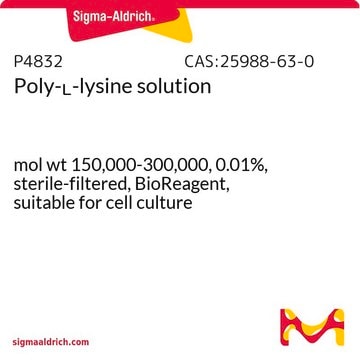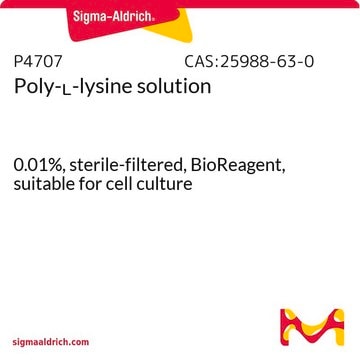Kluczowe dokumenty
P7425
Tetraethylene glycol monodecyl ether
~97% (GC)
Synonim(y):
C10E4, Decyl tetraethylene glycol ether, Decyltetraglycol
About This Item
Polecane produkty
opis
non-ionic
Próba
~97% (GC)
masa cząsteczkowa
334.49 g/mol
bp
288-290 °C (lit.)
gęstość
0.96 g/mL at 25 °C (lit.)
ciąg SMILES
CCCCCCCCCCOCCOCCOCCOCCO
InChI
1S/C18H38O5/c1-2-3-4-5-6-7-8-9-11-20-13-15-22-17-18-23-16-14-21-12-10-19/h19H,2-18H2,1H3
Klucz InChI
ASMWIUUCZFNLHL-UHFFFAOYSA-N
Szukasz podobnych produktów? Odwiedź Przewodnik dotyczący porównywania produktów
Opis ogólny
Zastosowanie
Kod klasy składowania
12 - Non Combustible Liquids
Klasa zagrożenia wodnego (WGK)
WGK 3
Temperatura zapłonu (°F)
Not applicable
Temperatura zapłonu (°C)
Not applicable
Środki ochrony indywidualnej
Eyeshields, Gloves
Wybierz jedną z najnowszych wersji:
Masz już ten produkt?
Dokumenty związane z niedawno zakupionymi produktami zostały zamieszczone w Bibliotece dokumentów.
Nasz zespół naukowców ma doświadczenie we wszystkich obszarach badań, w tym w naukach przyrodniczych, materiałoznawstwie, syntezie chemicznej, chromatografii, analityce i wielu innych dziedzinach.
Skontaktuj się z zespołem ds. pomocy technicznej






